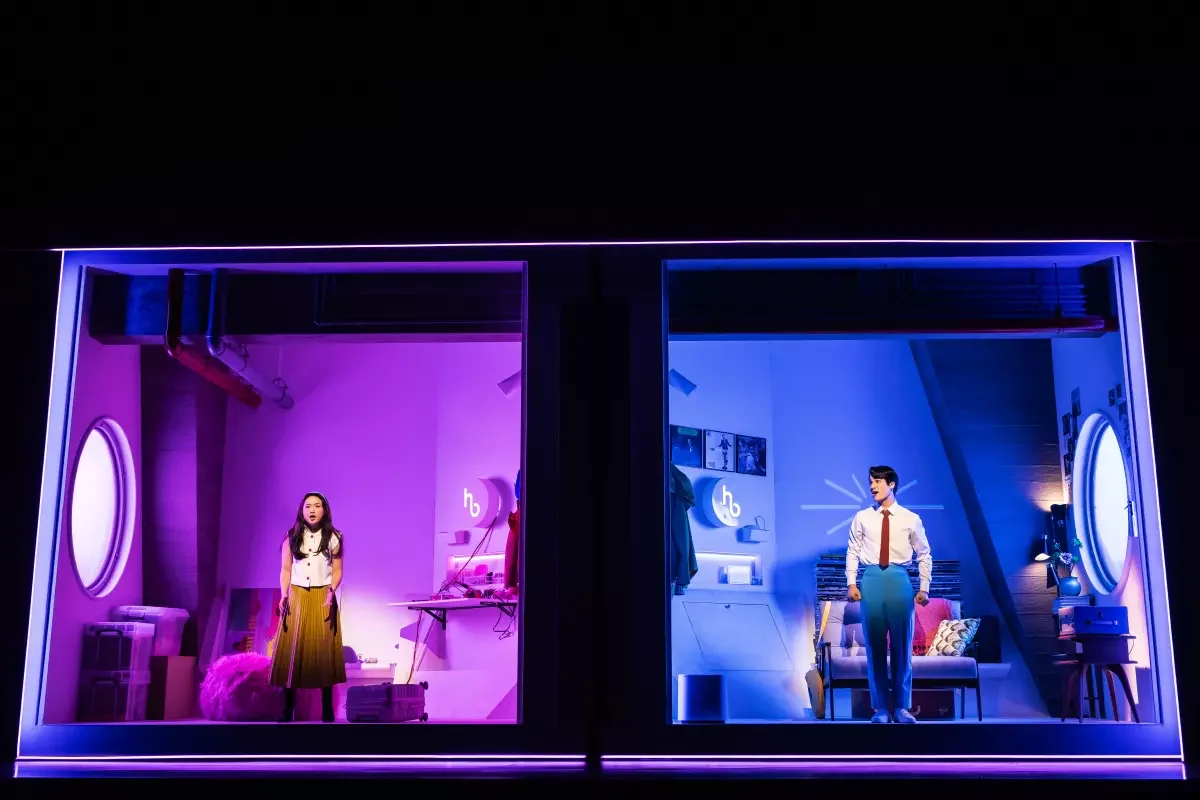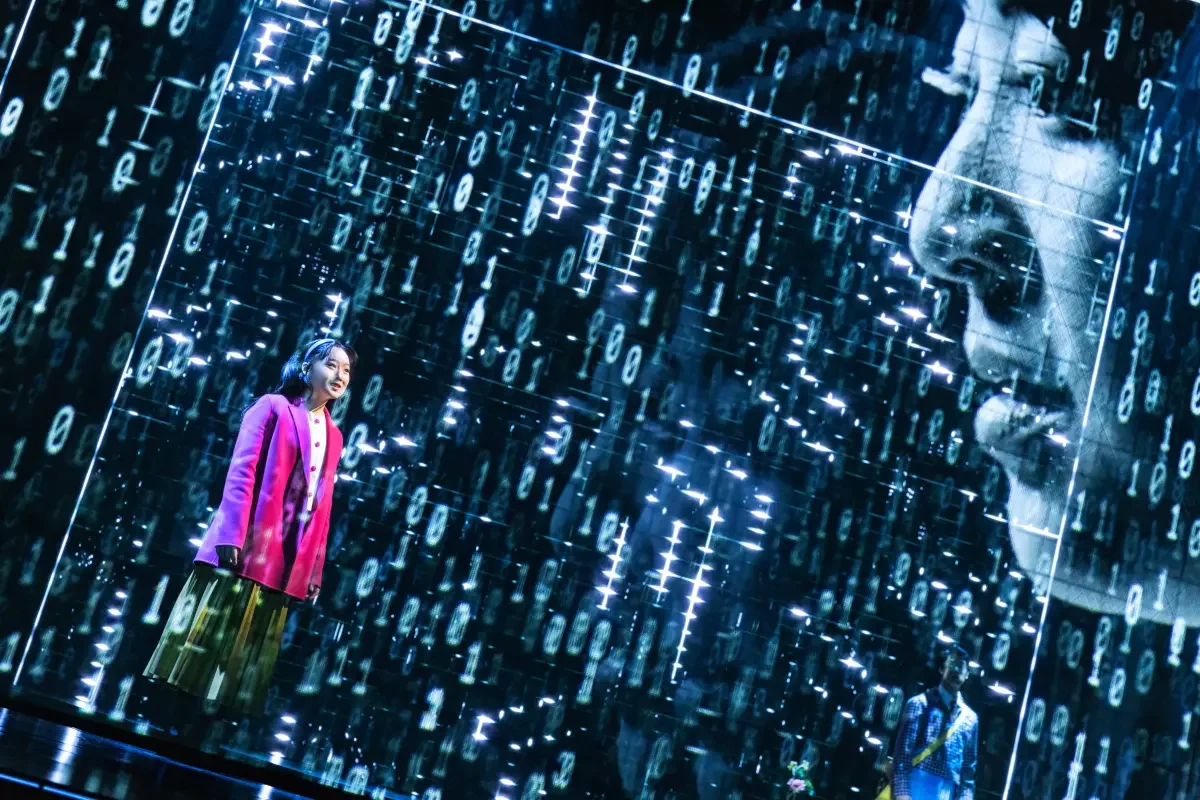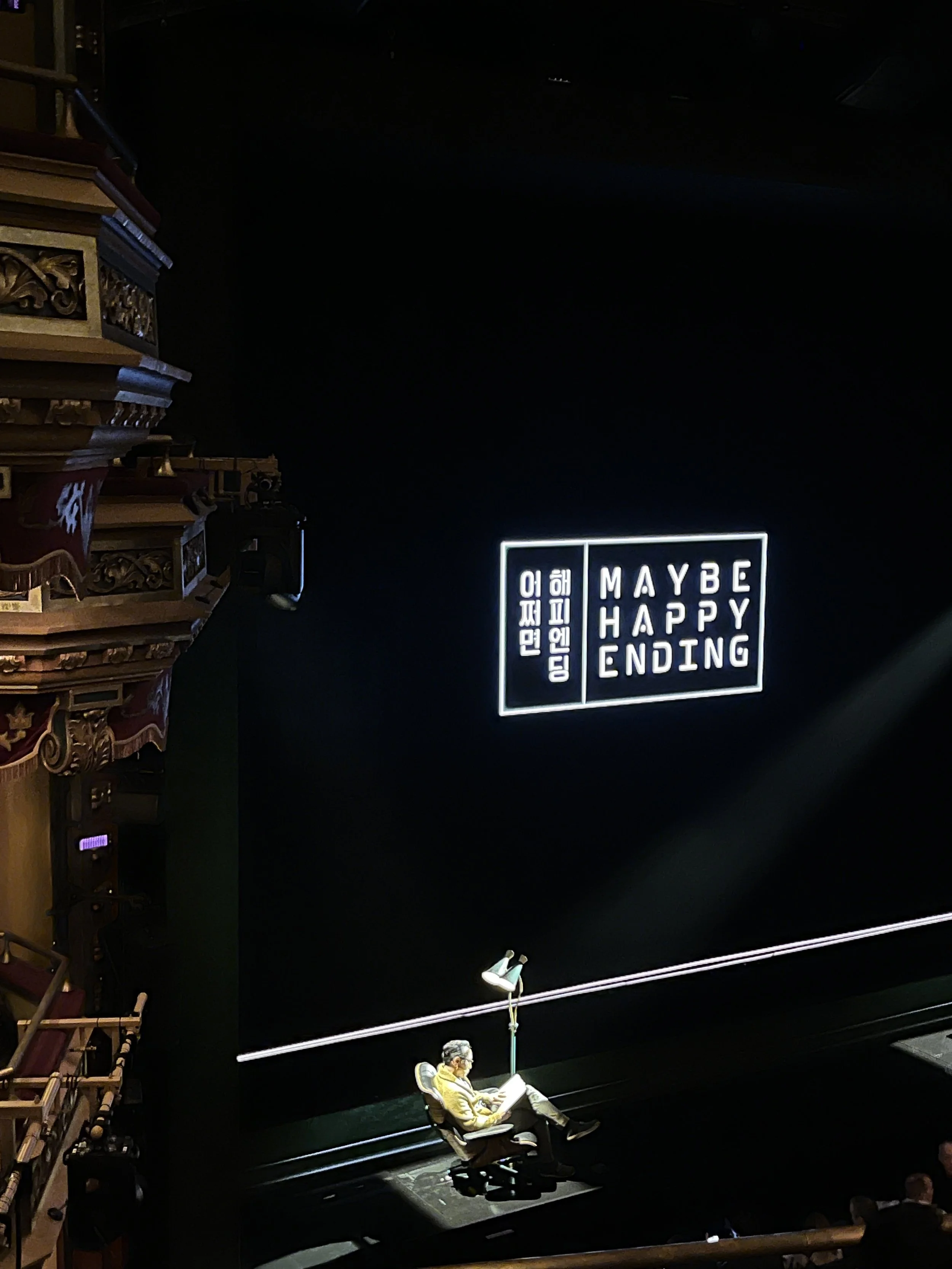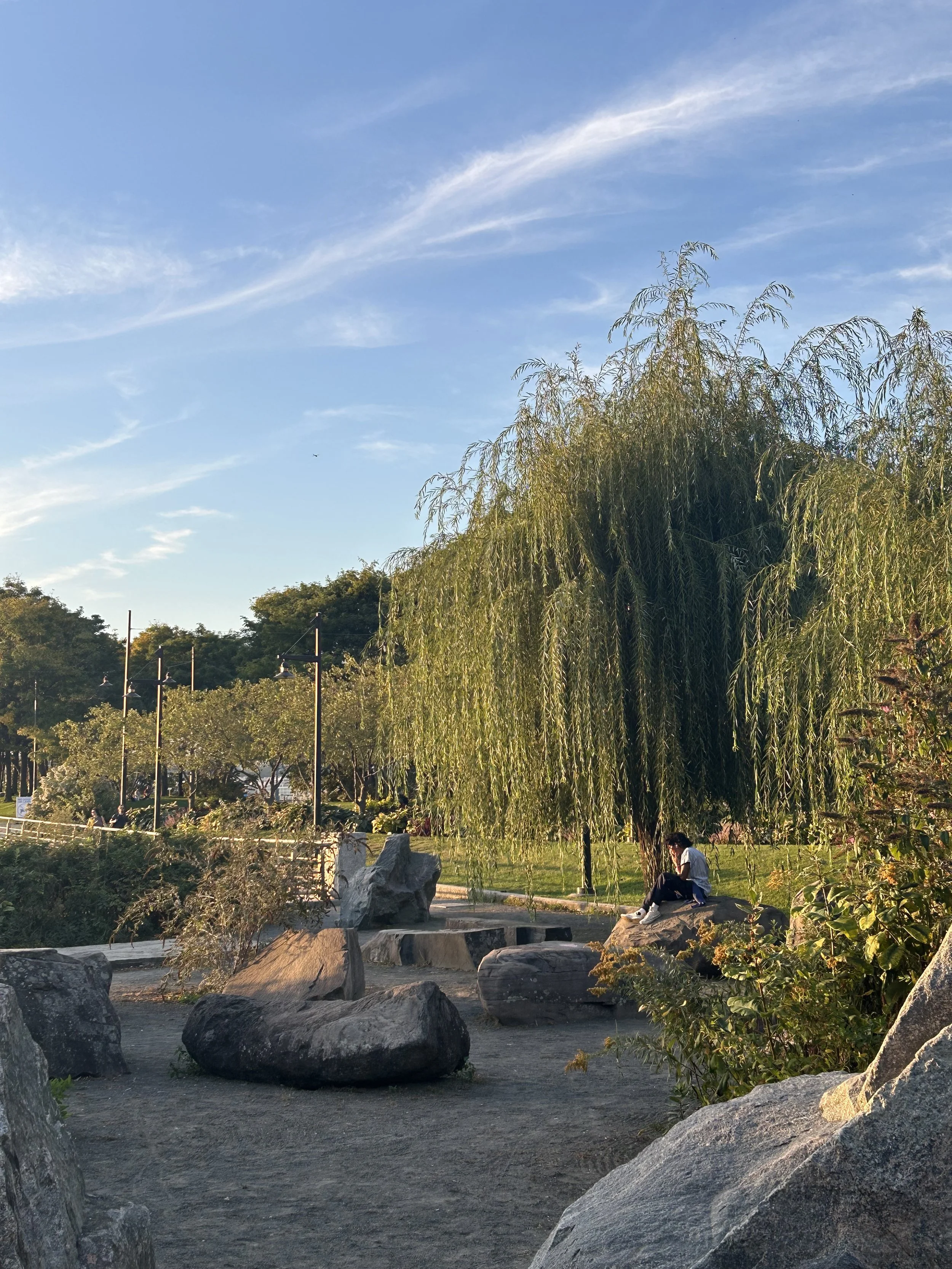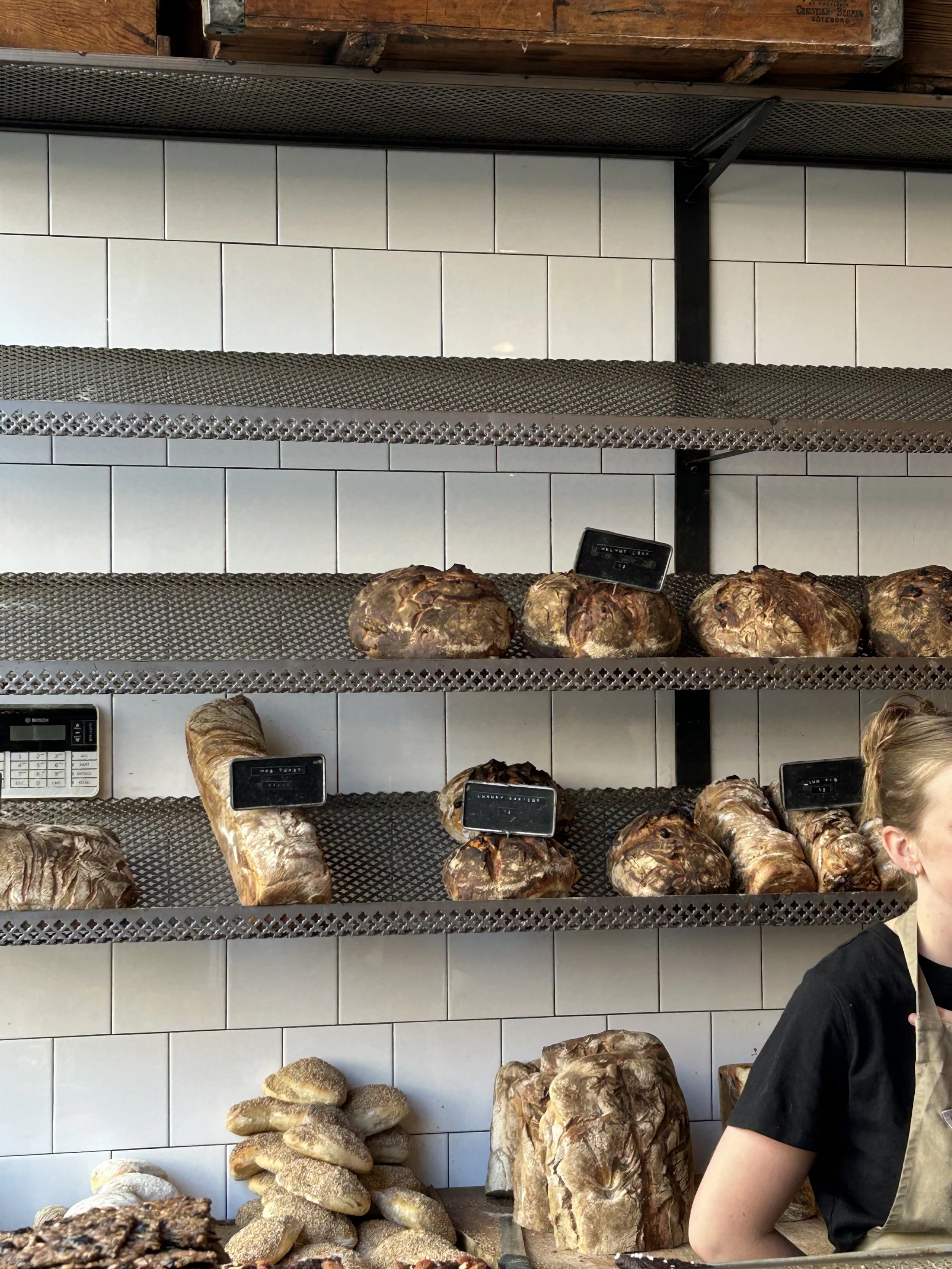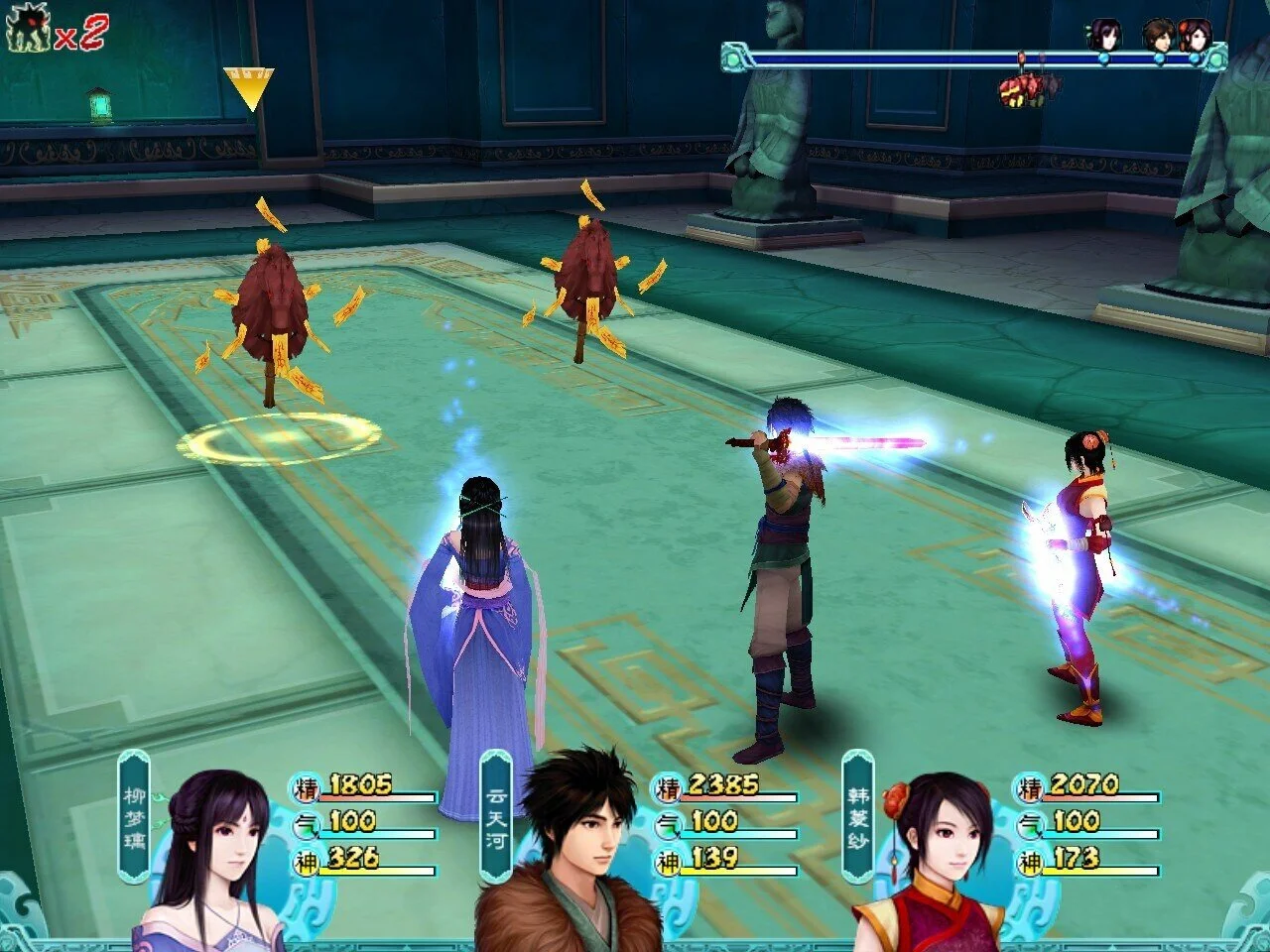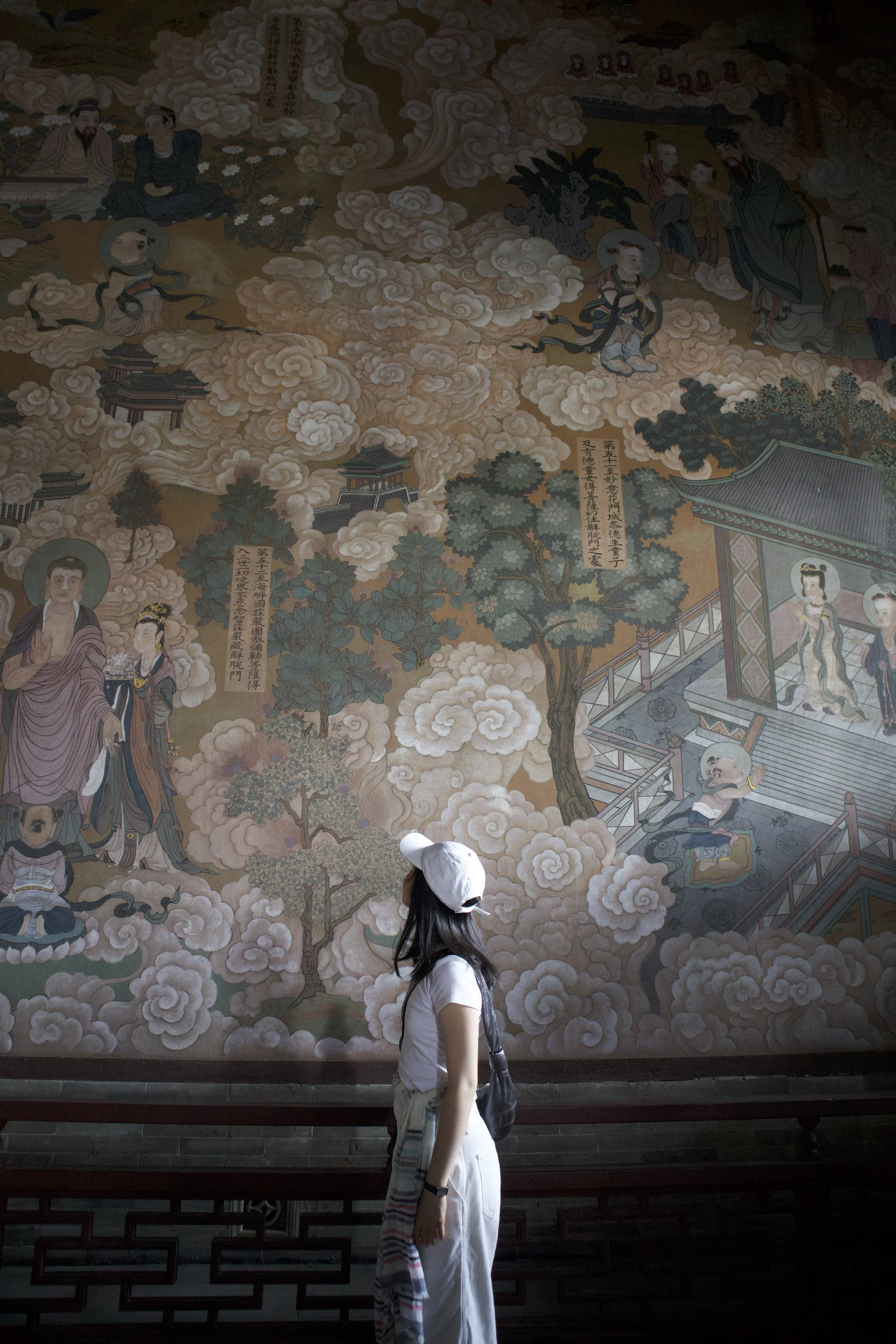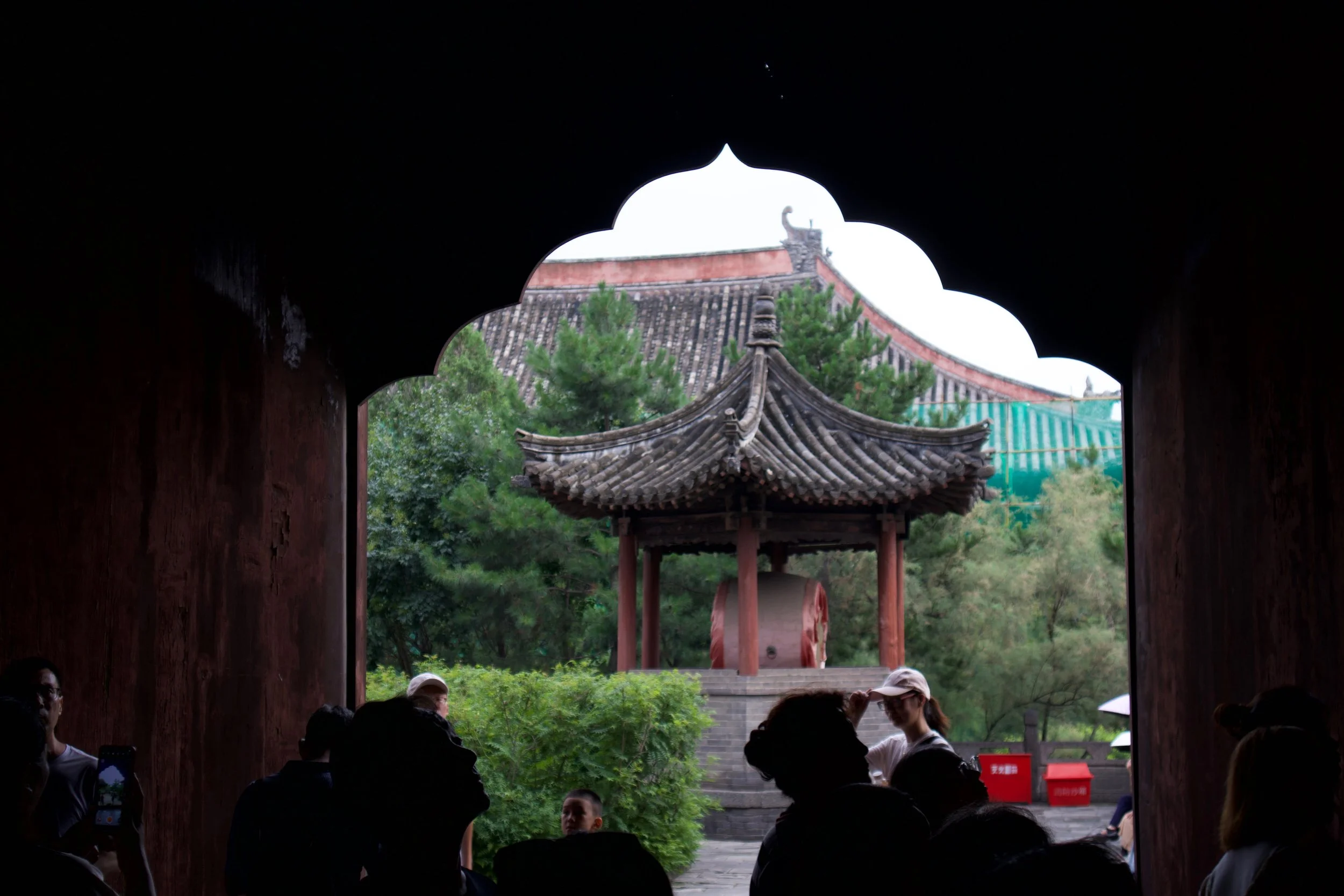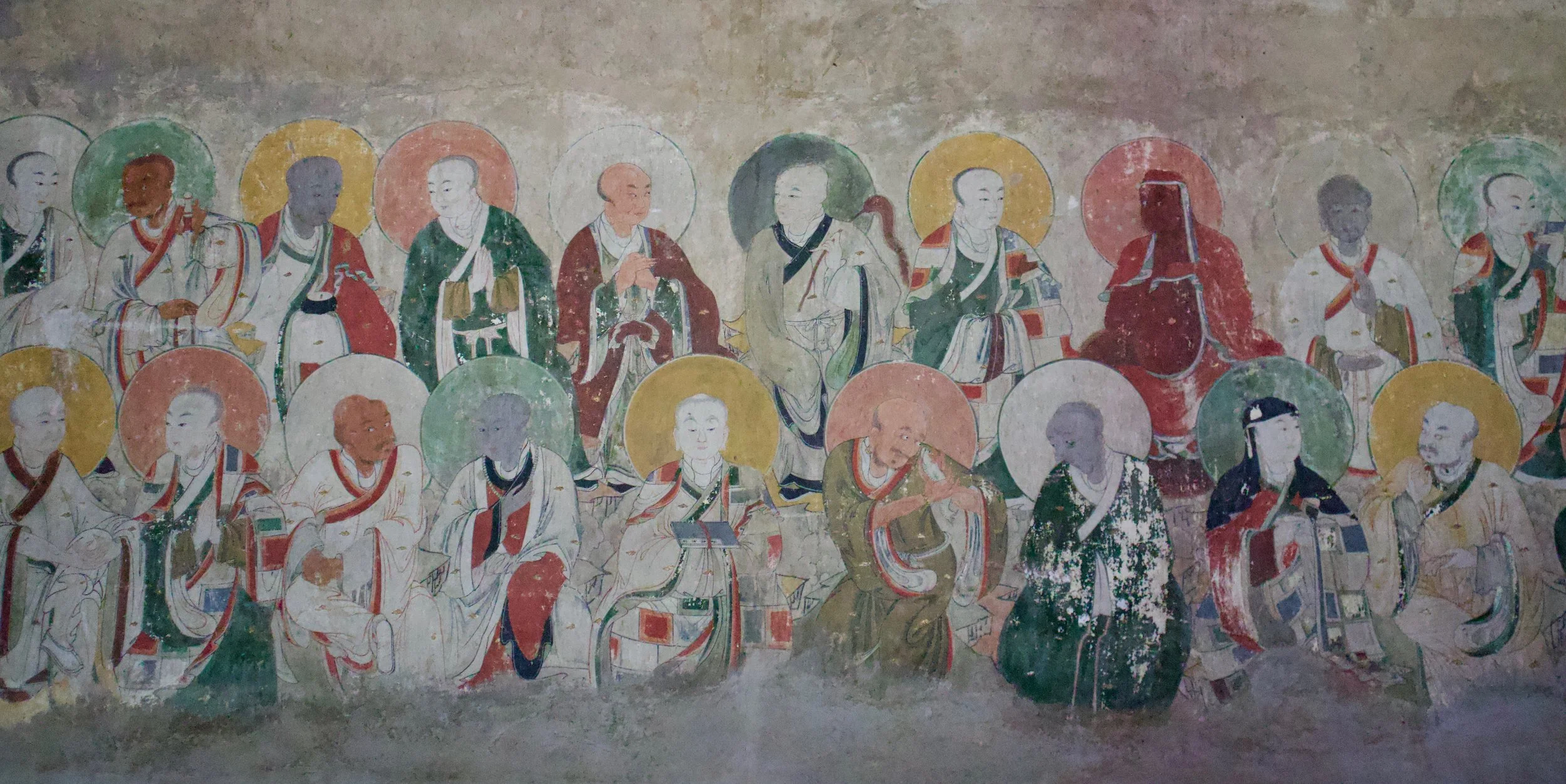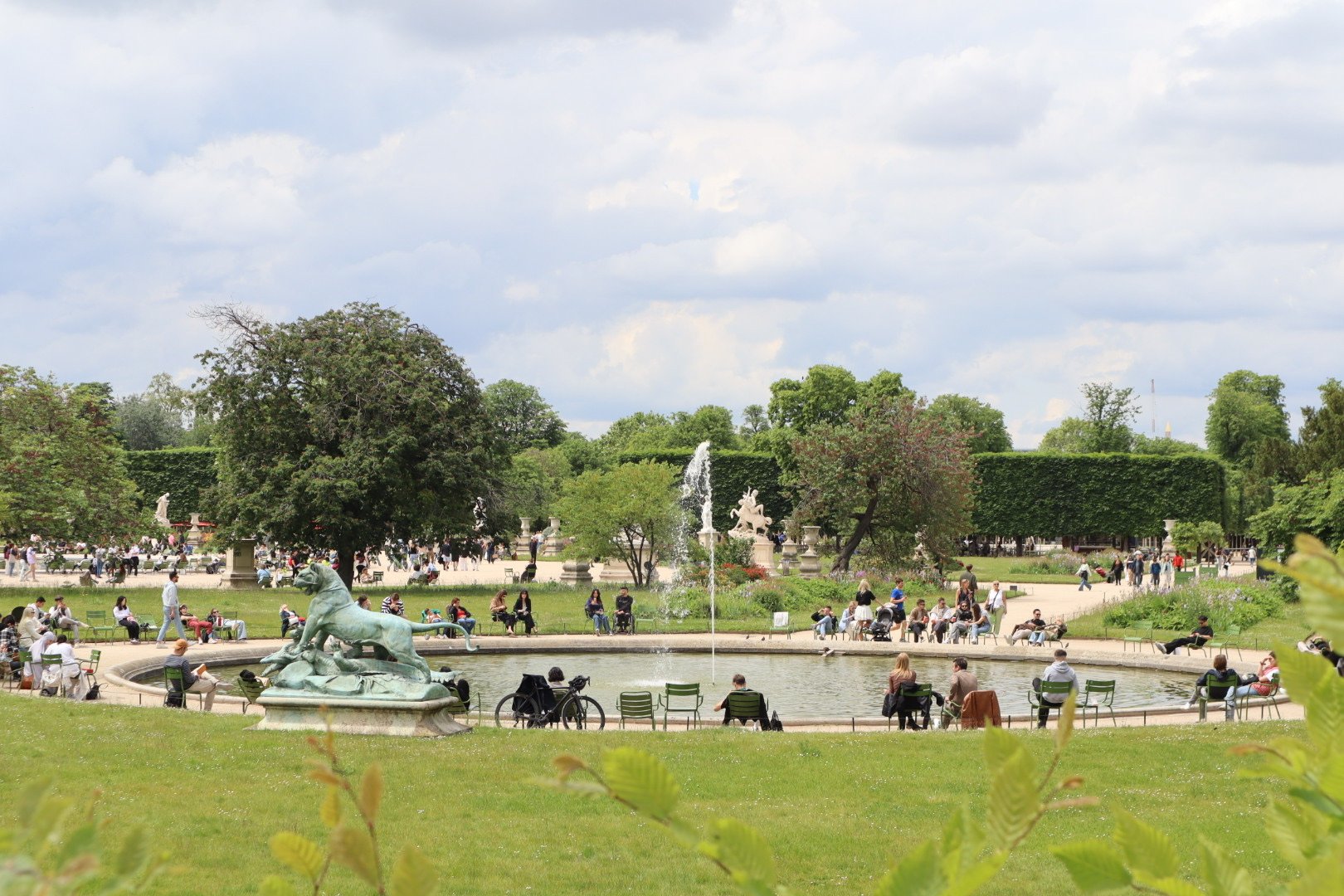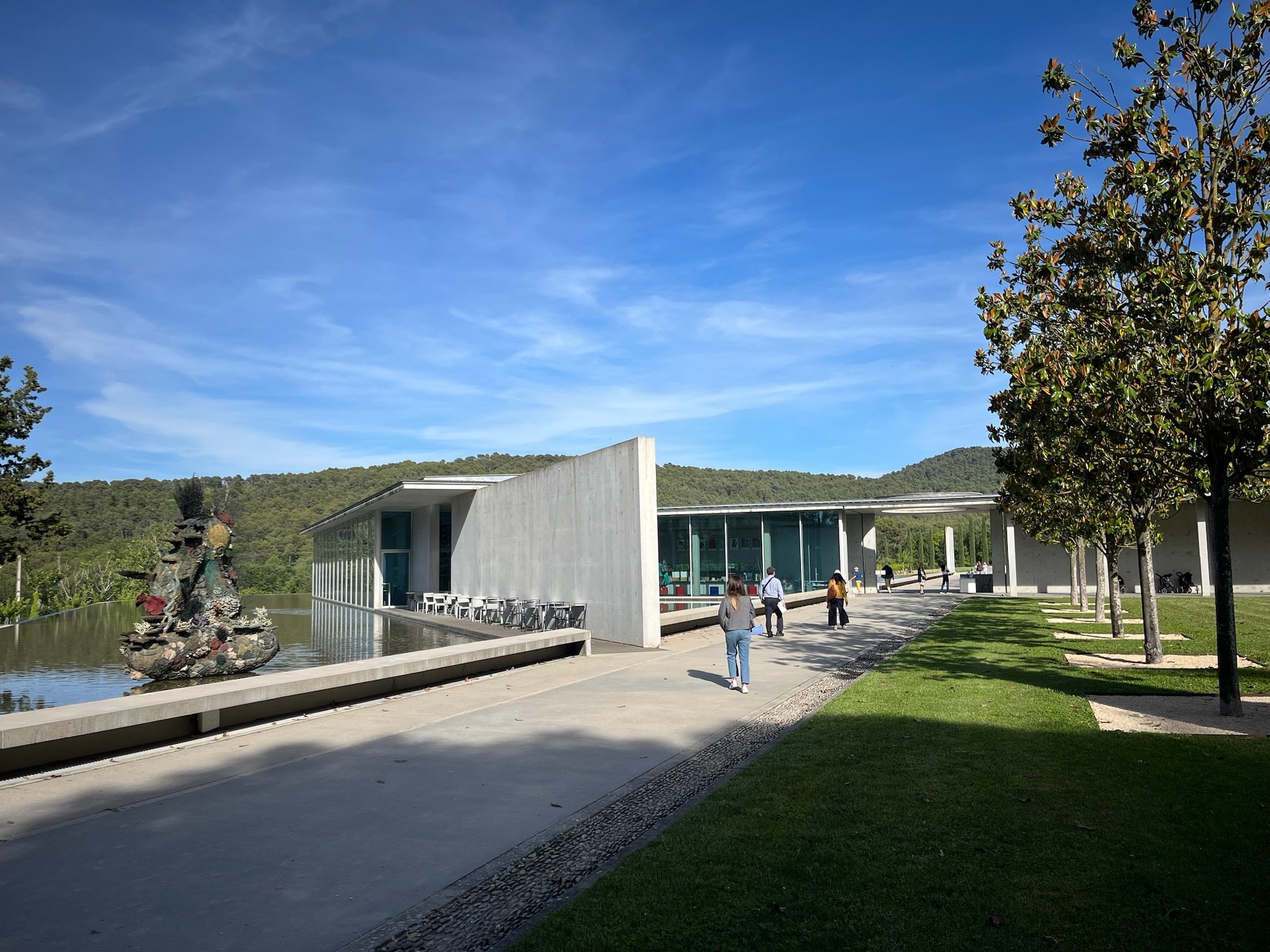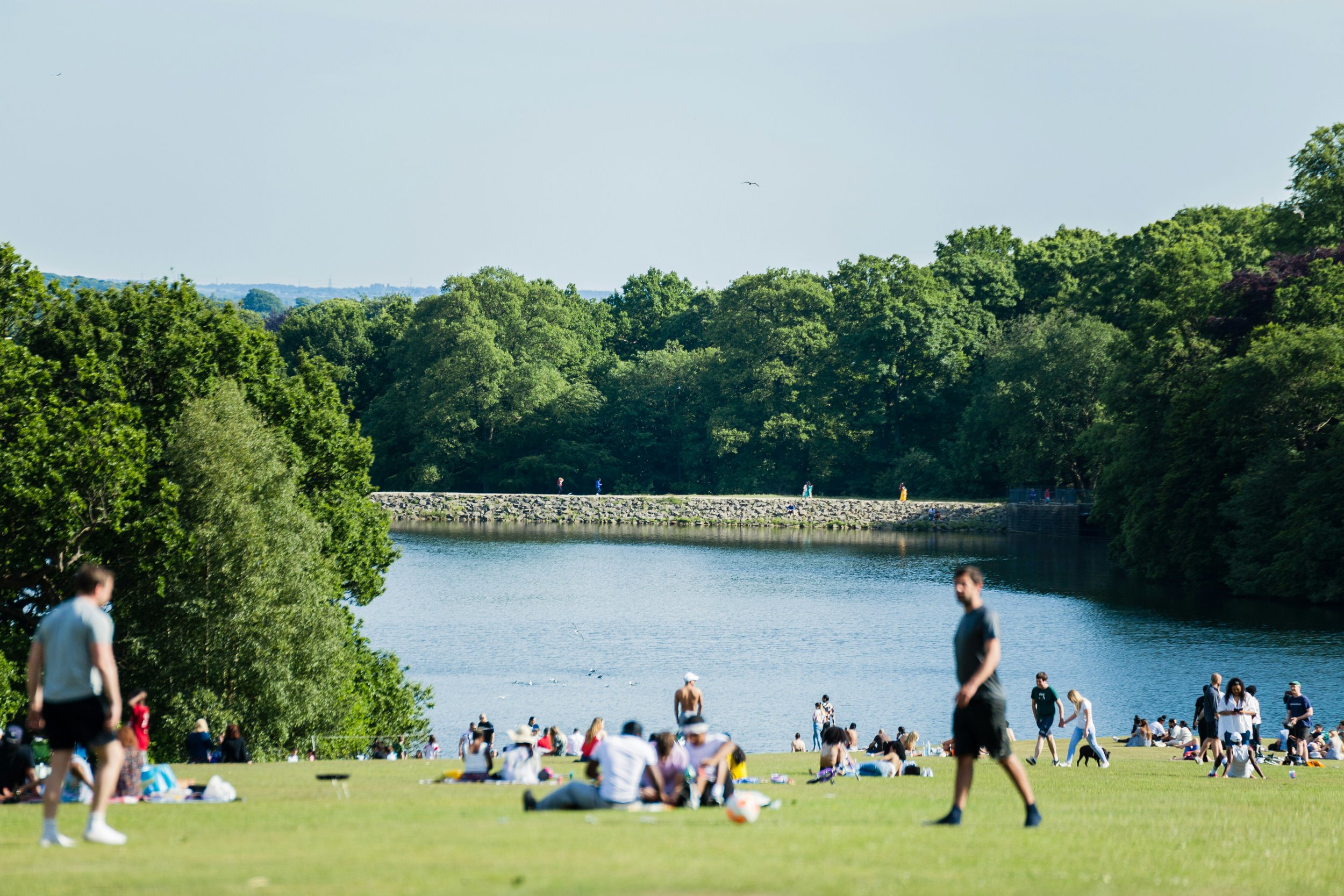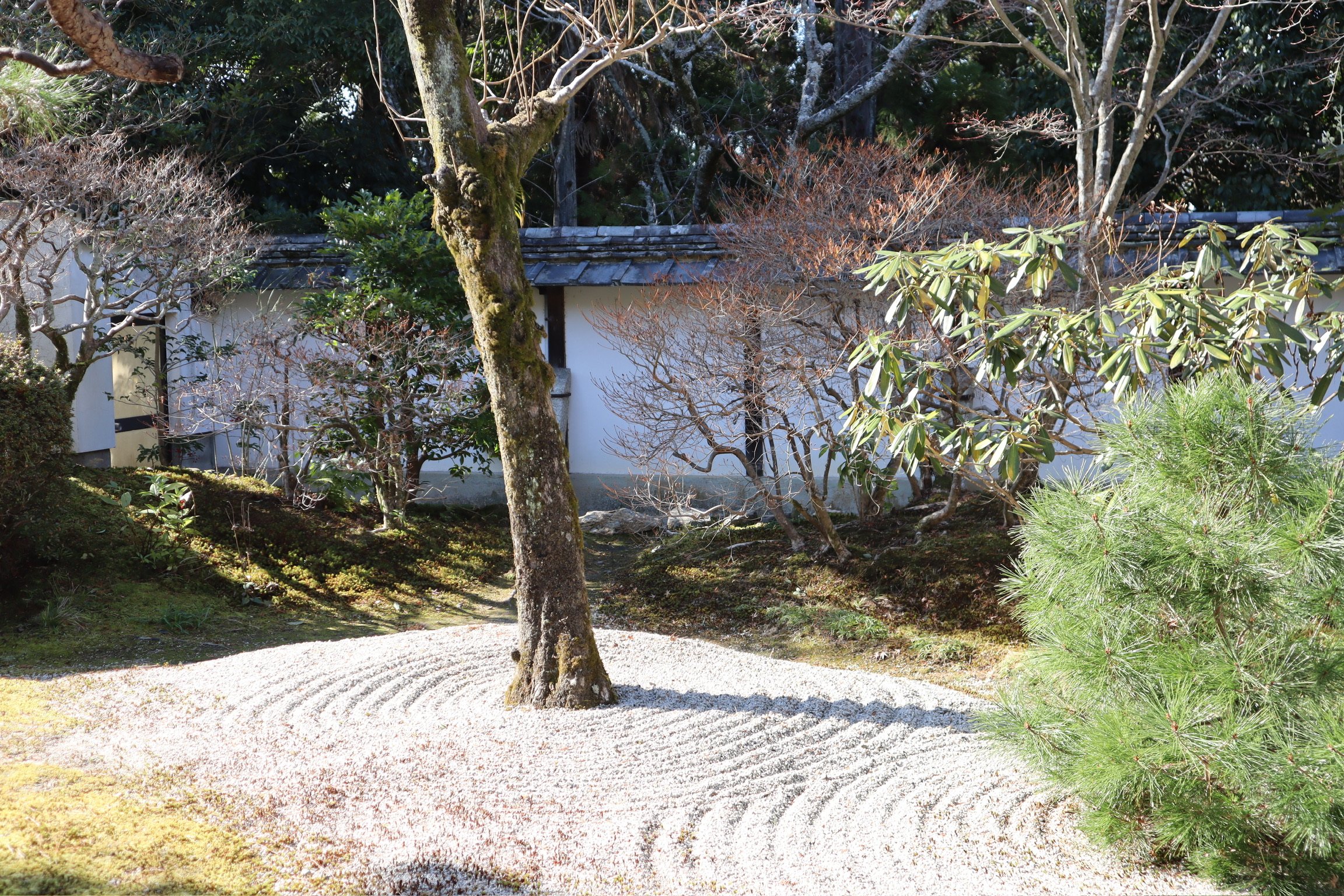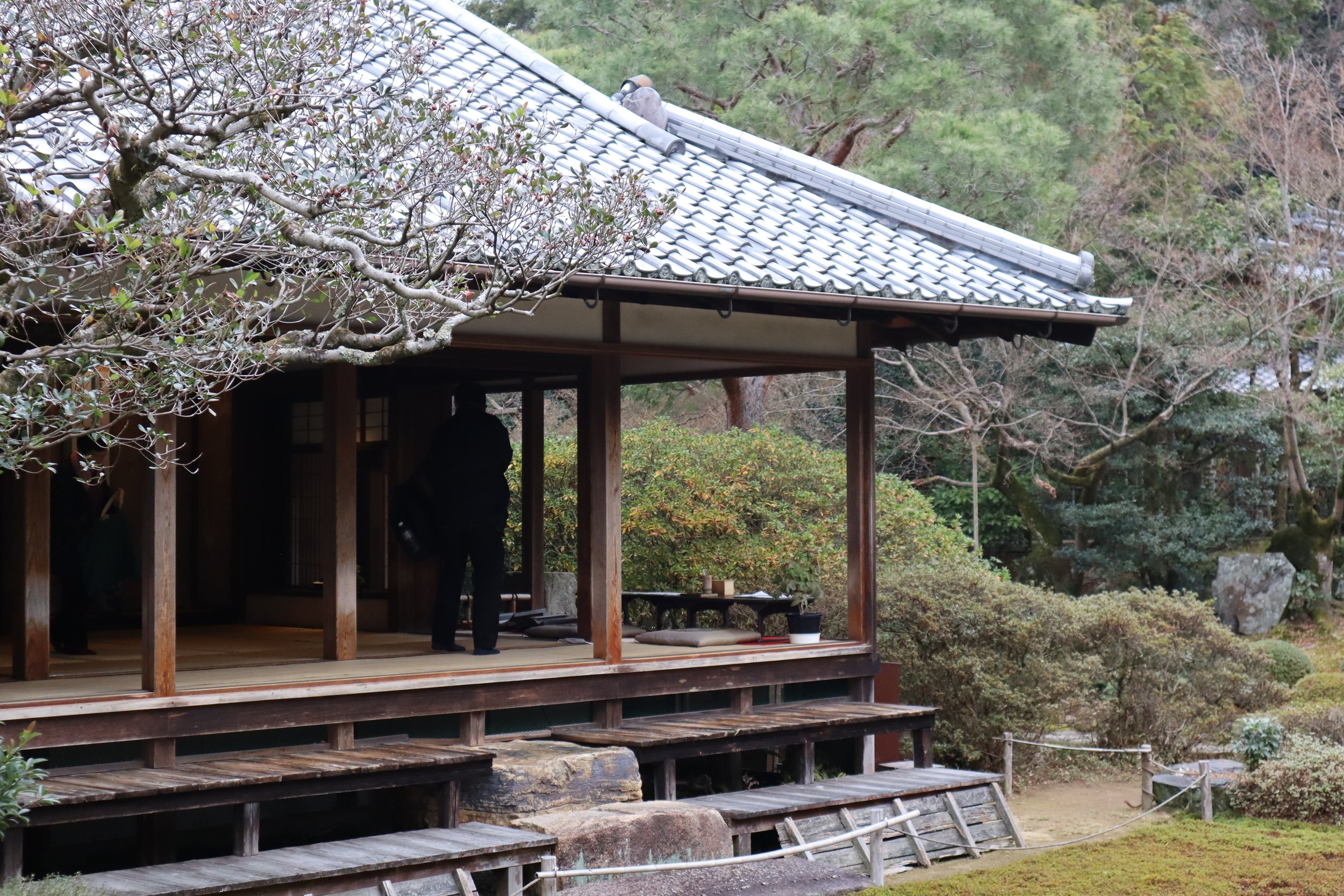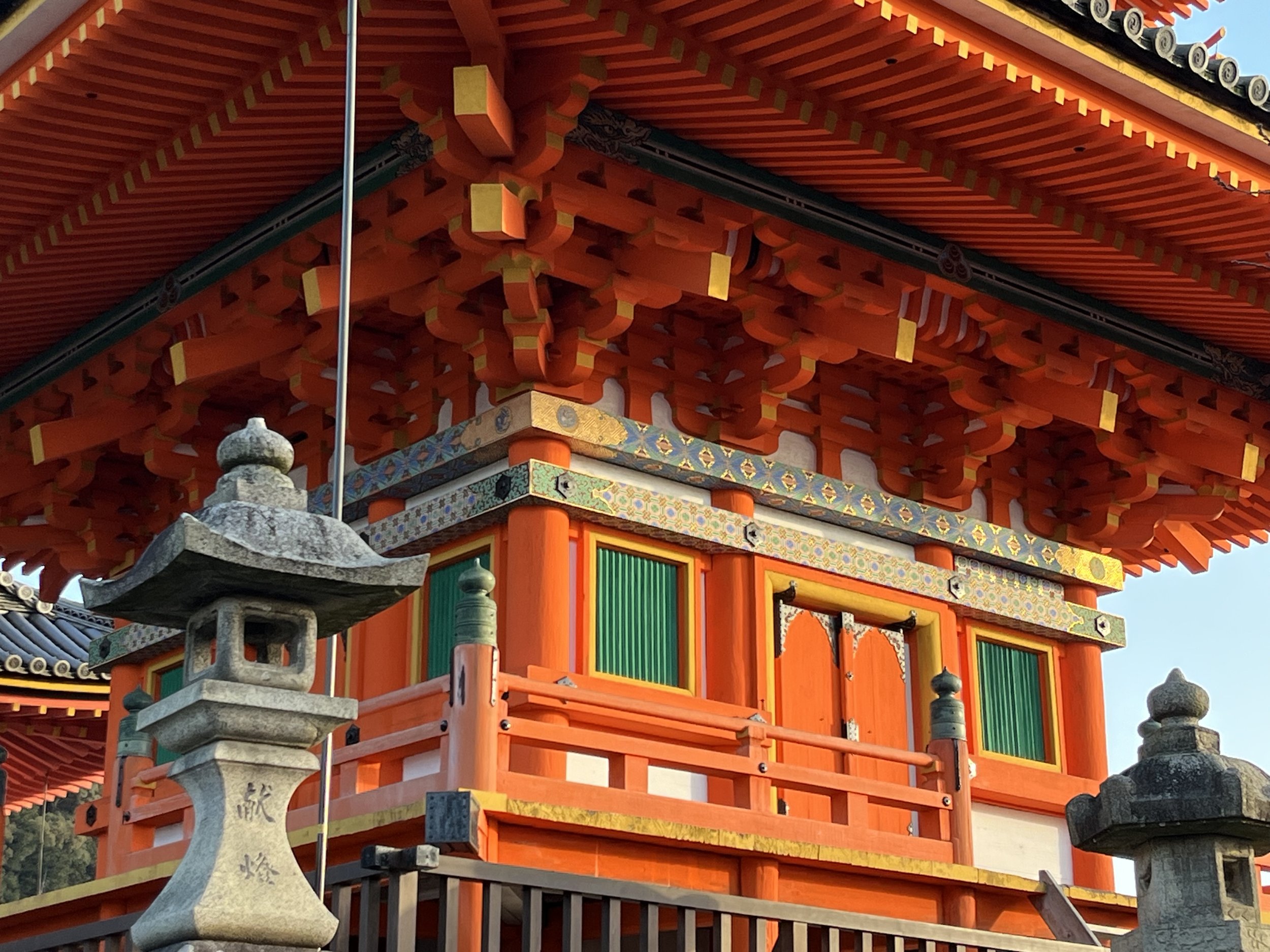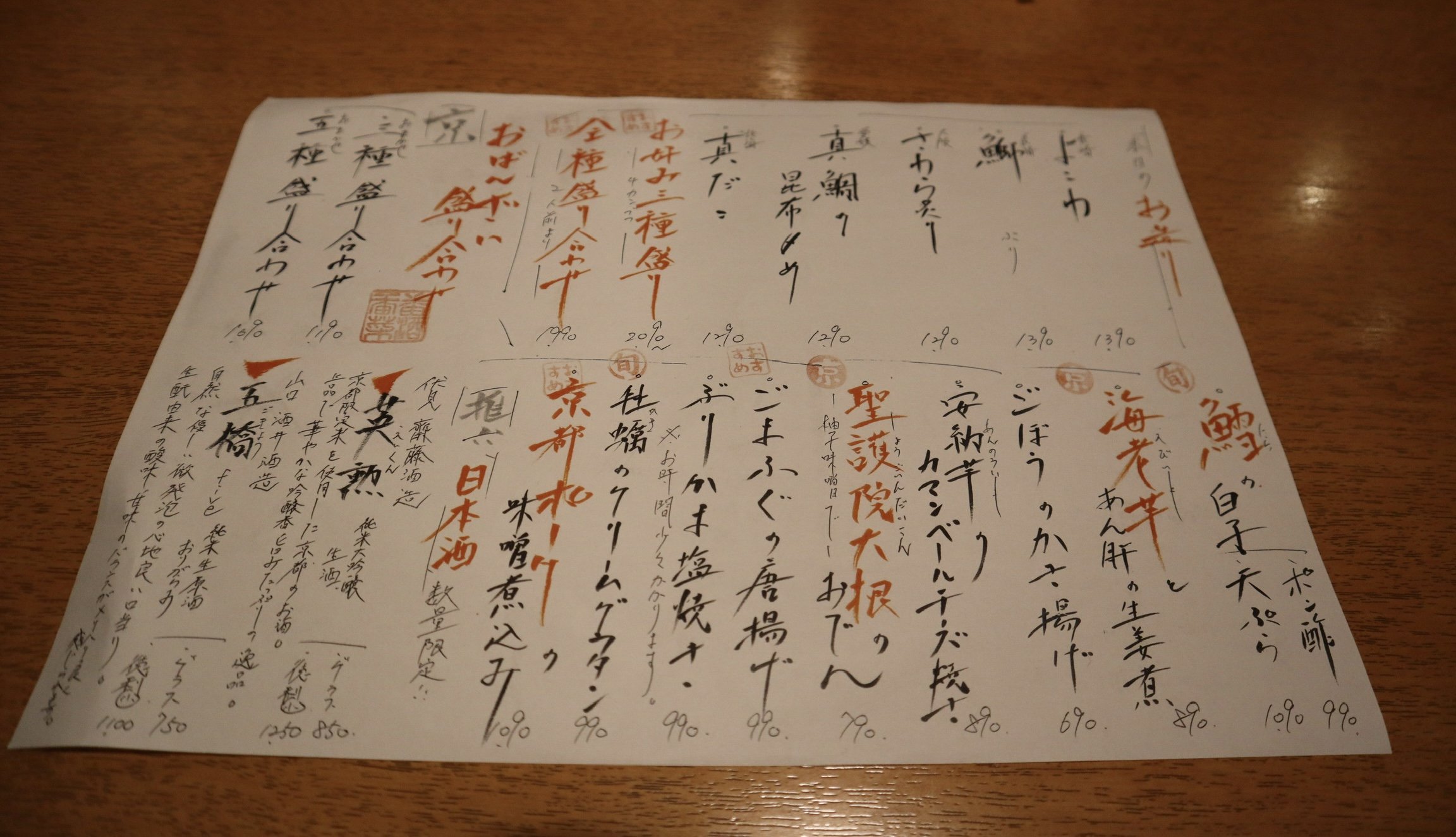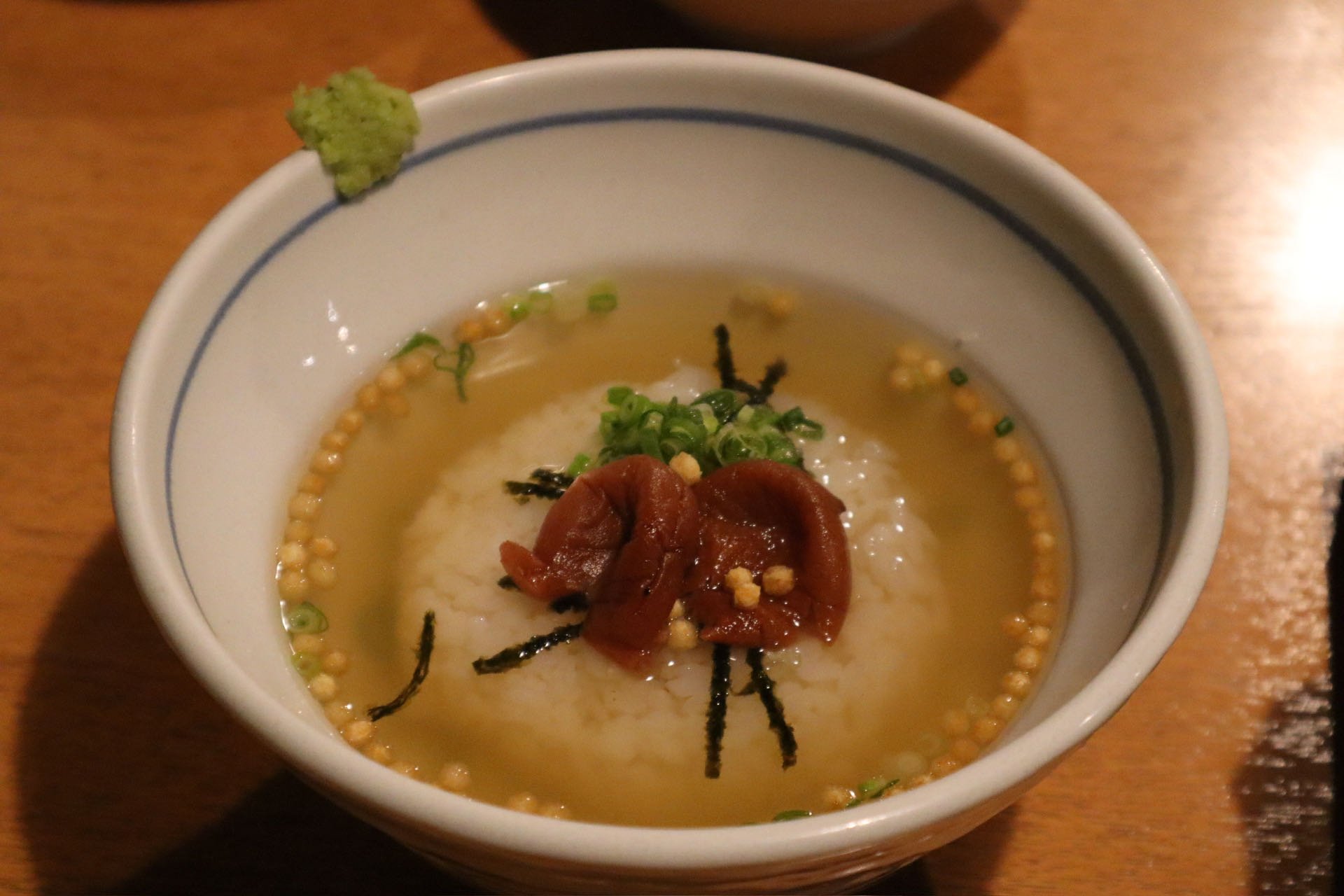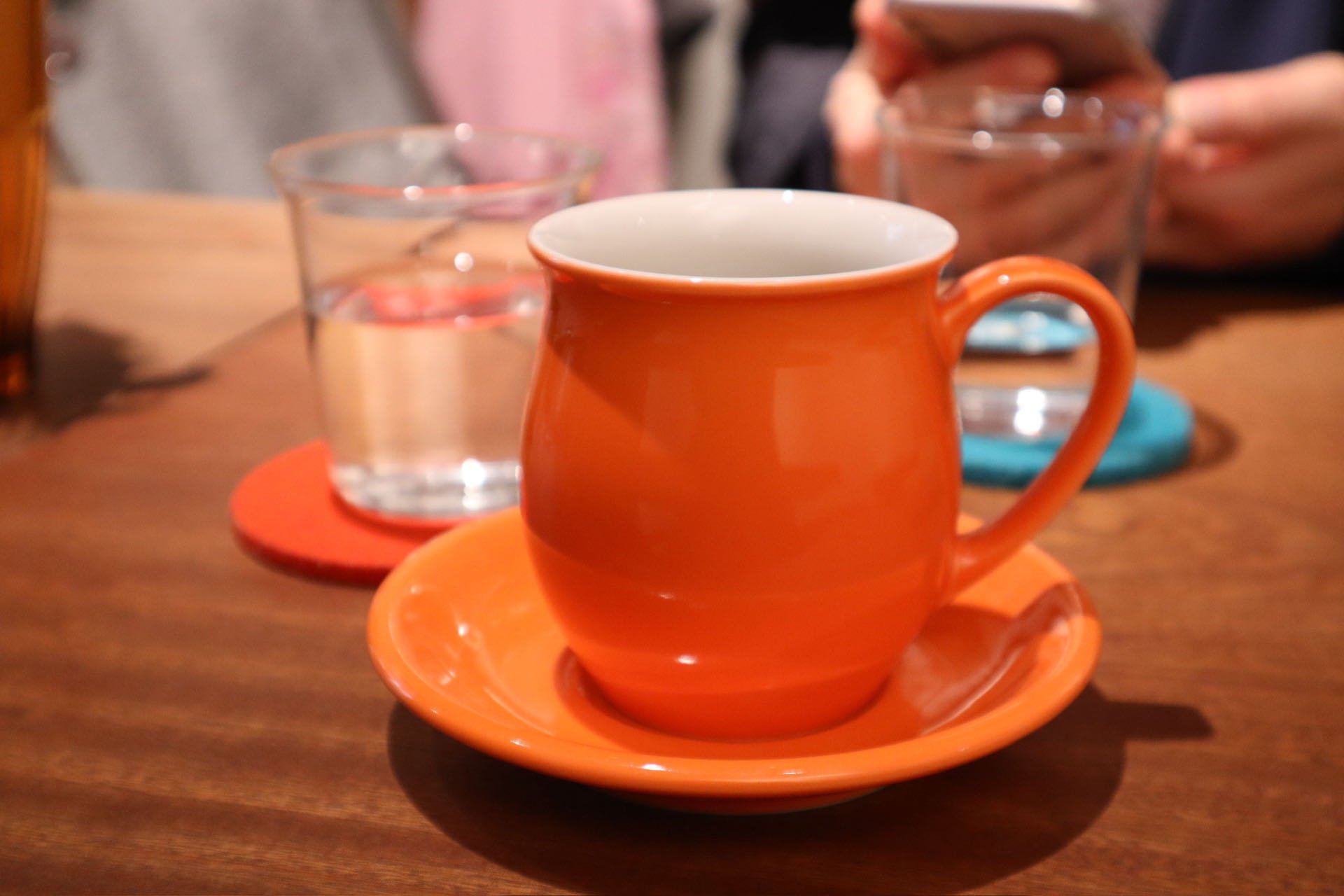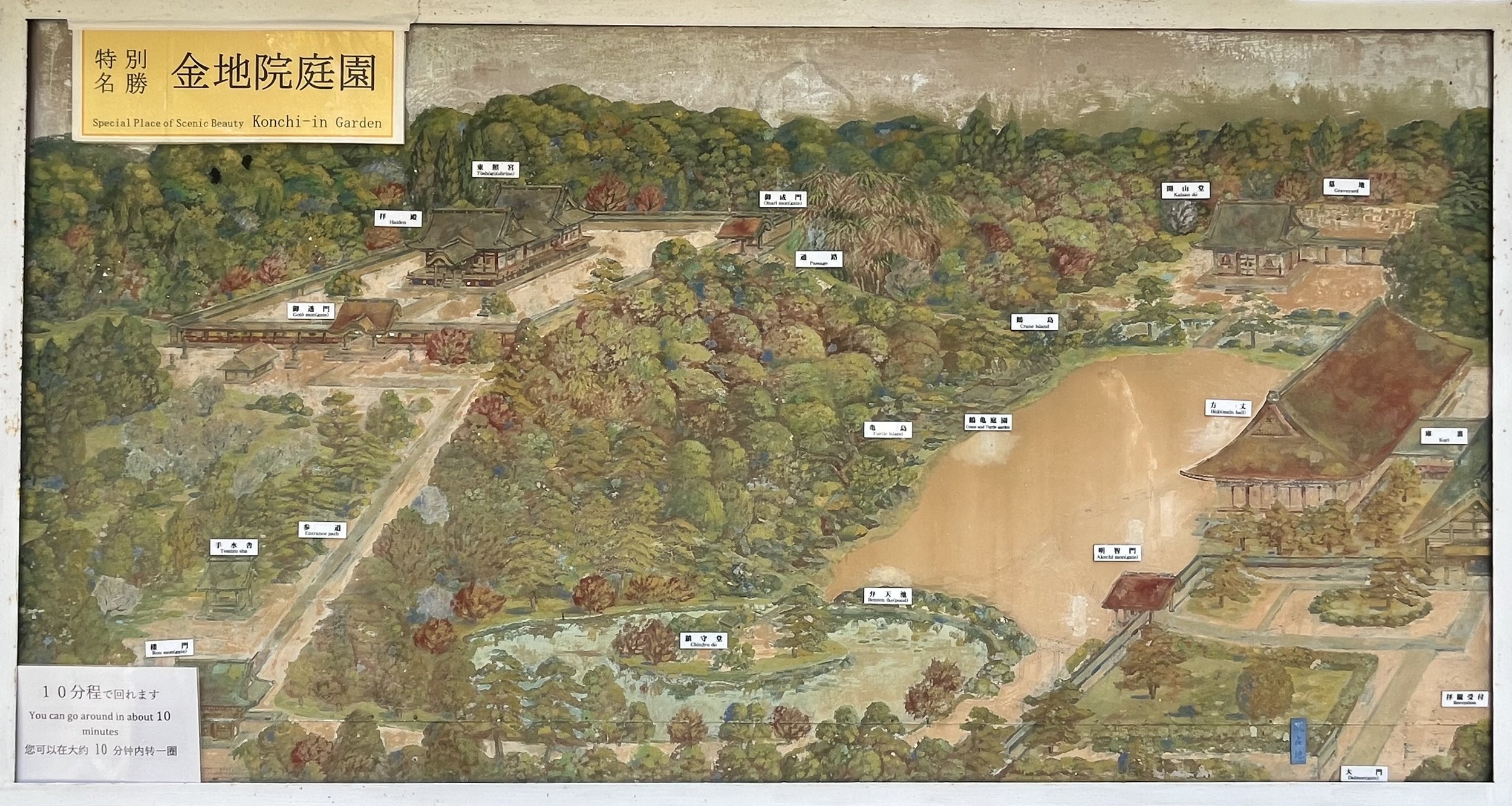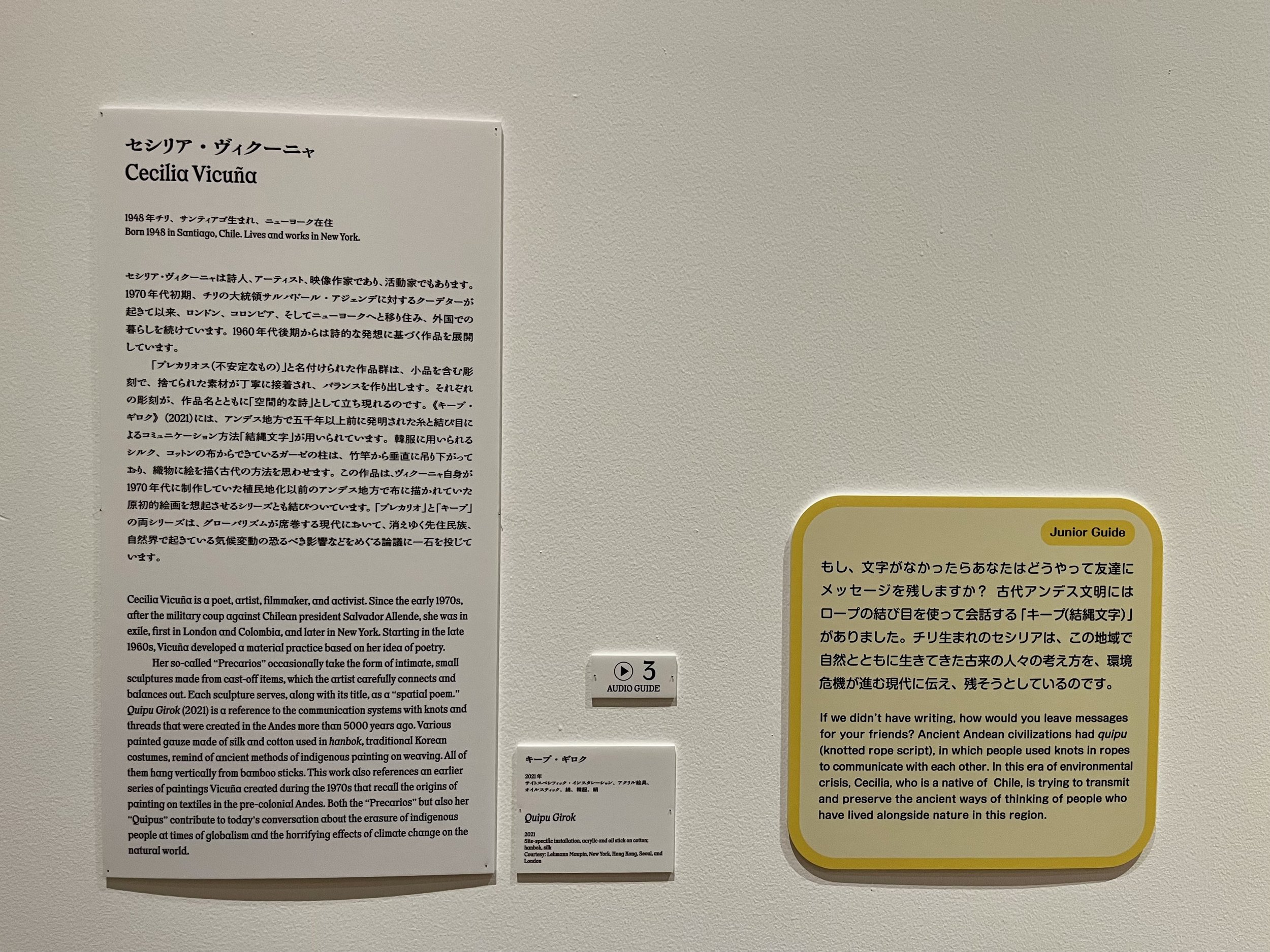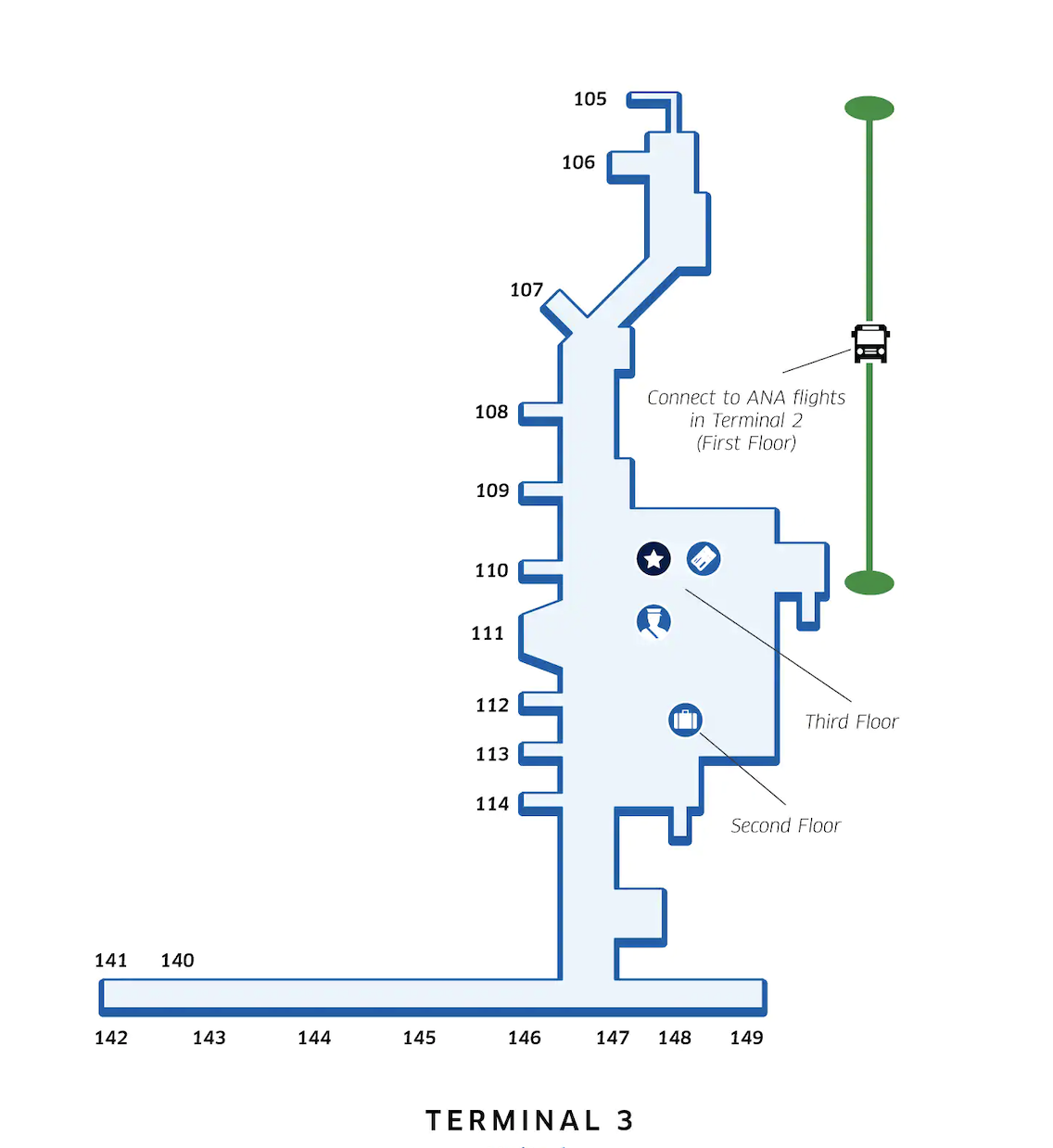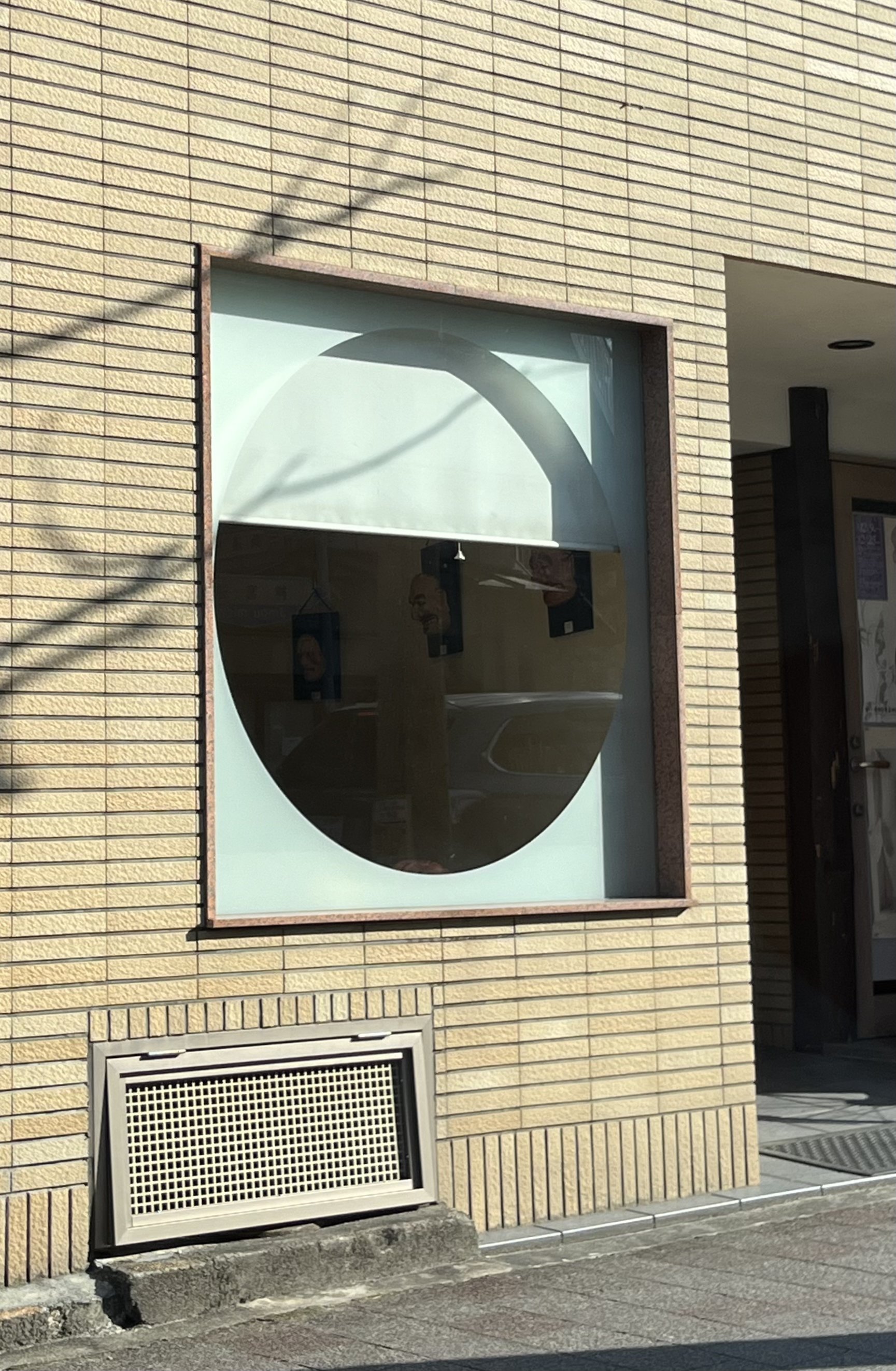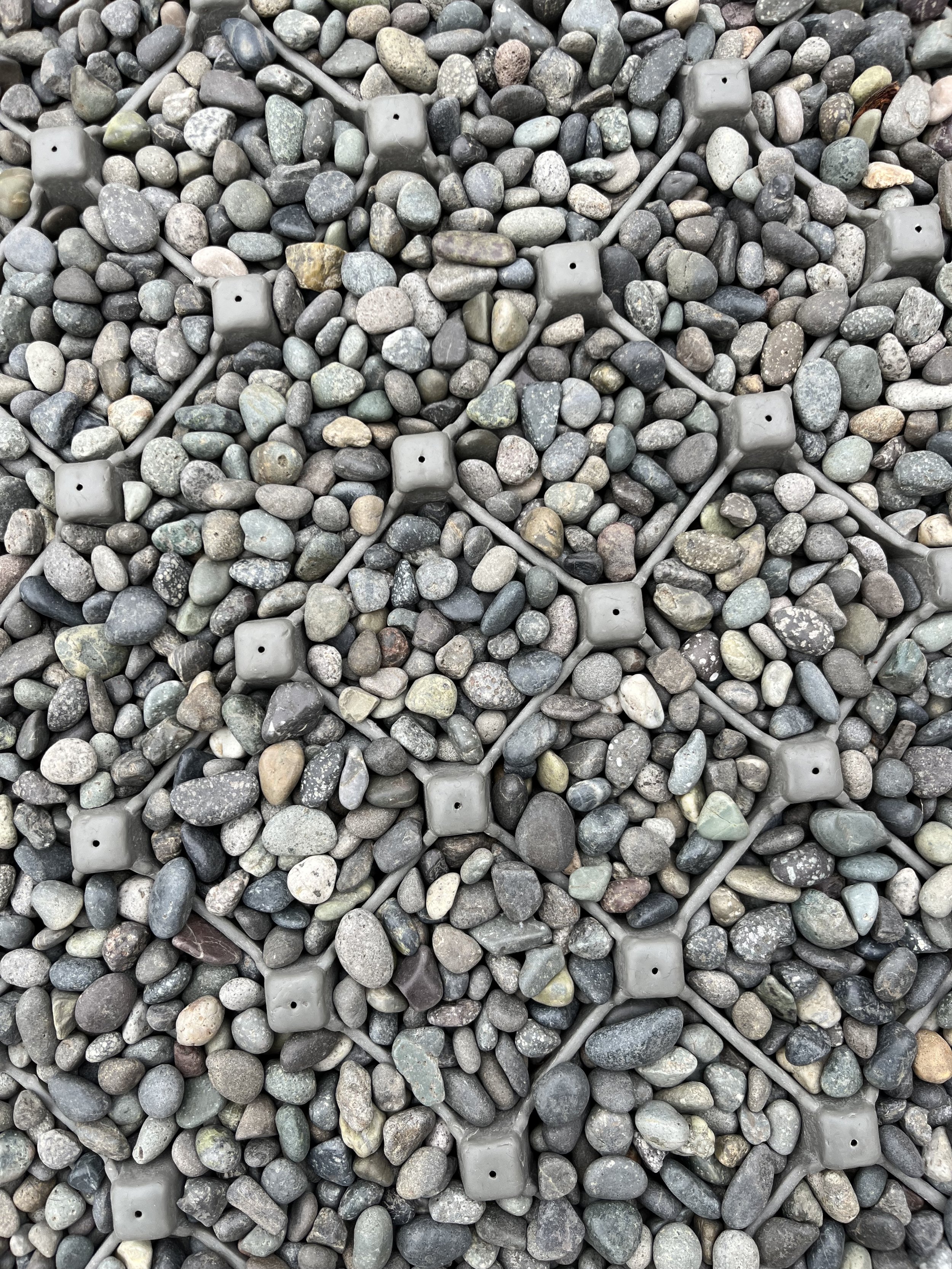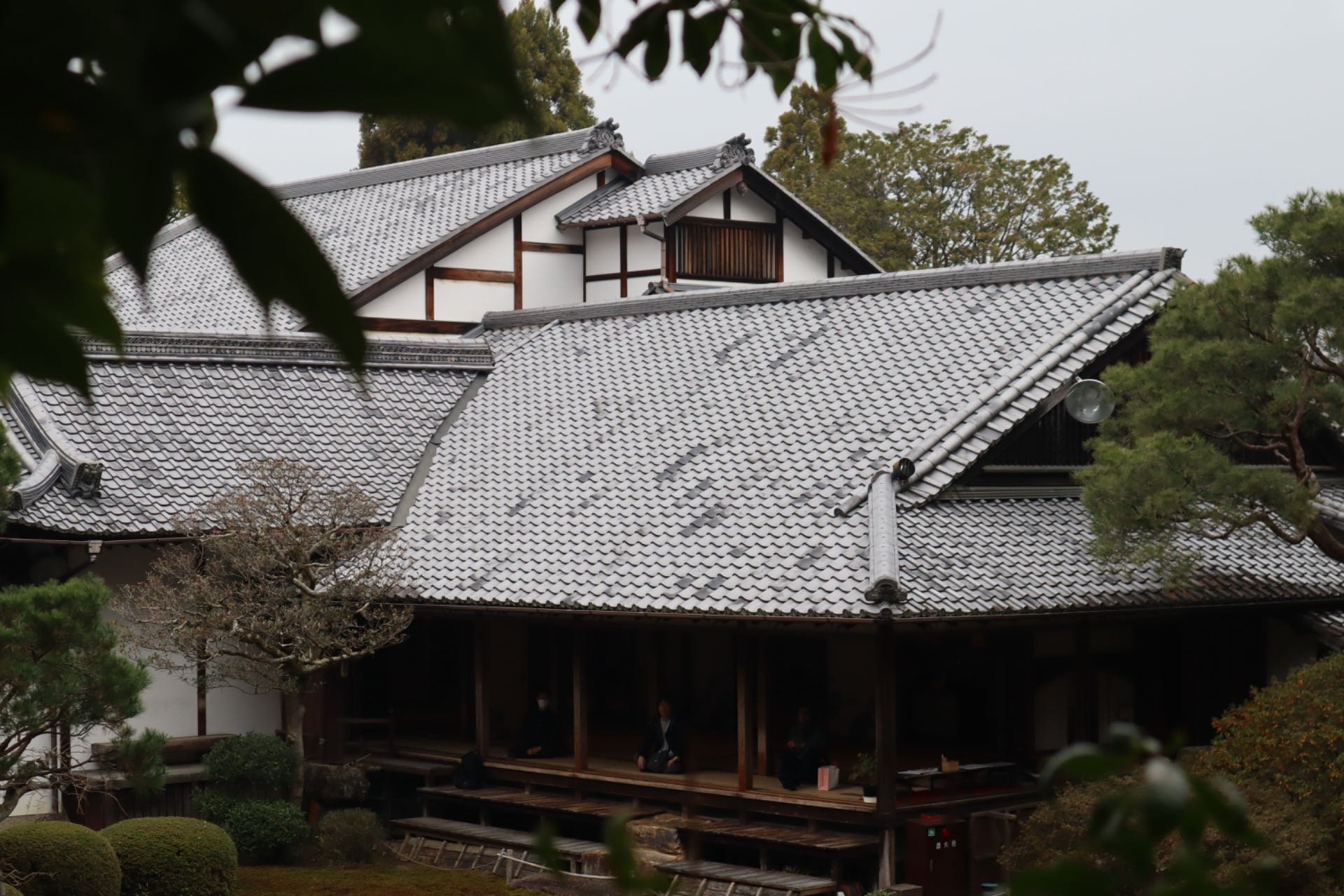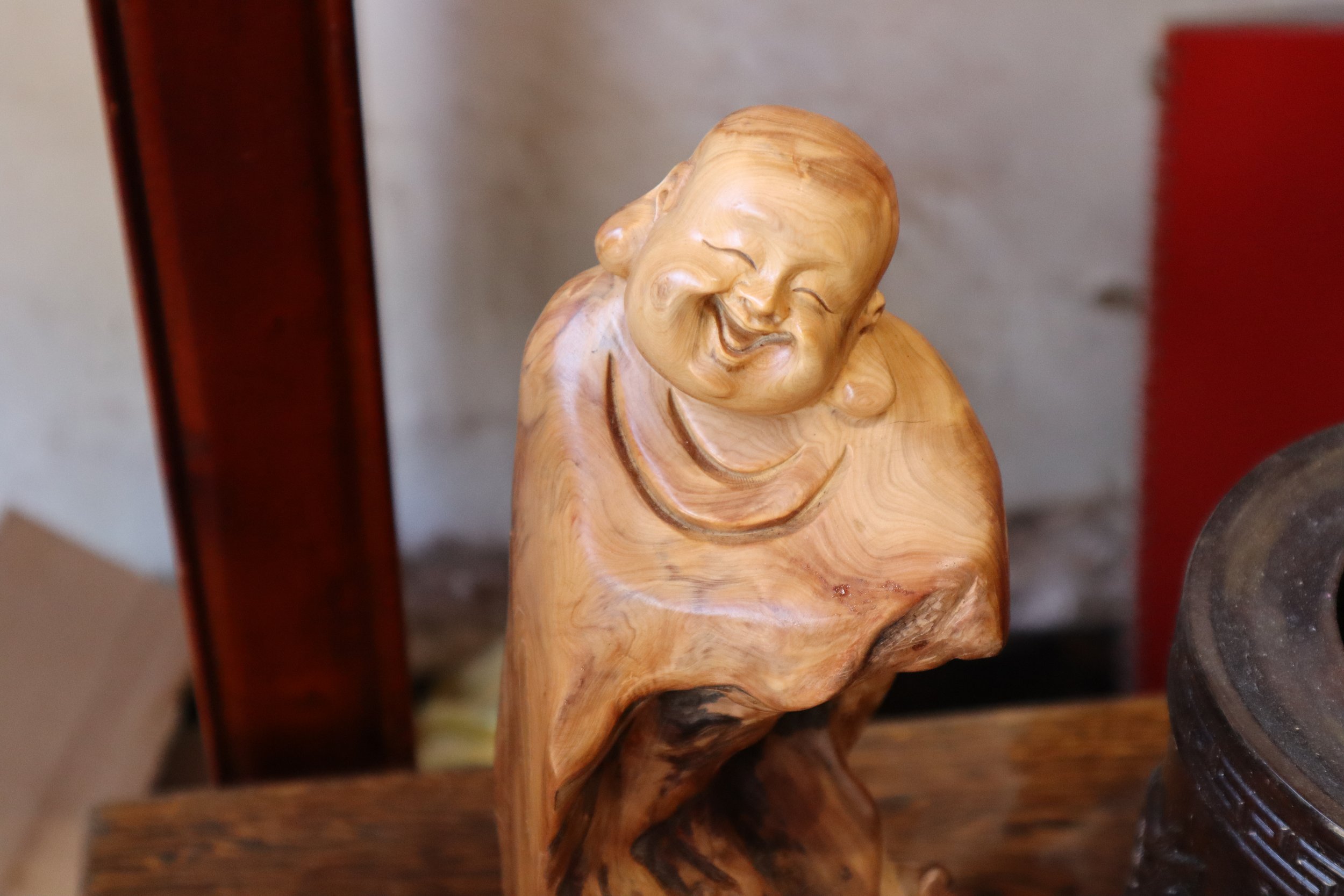My sister visited New York last weekend, and we watched the Broadway musical Maybe Happy Ending, a show I’ve been eyeing ever since I first heard about it on the beloved Korean TV series Witty Mountain Village Life (《机智山村生活》) back in 2021. Jeon Mi-do performed a sneak peek of “When you’re in love (Korean ver.),” where she originally played Claire in the 2015 Korean production.
Maybe Happy Ending was inspiring for so many reasons—not only because it won the 2024 Tony Award for Best Musical, but also because of the story behind how this musical came to life. I kept wondering: how did a story written in two languages, set in futuristic Seoul, find its way to Broadway, and what kind of collaboration made that possible?
Photo credit: https://www.forbes.com/sites/jerylbrunner/2025/05/16/the-visionary-design-behind-the-broadway-musical-maybe-happy-ending/
A story about robots, but really about us
Set in Seoul in the 2060s, two helper robots, Claire and Oliver, discover an unexpected friendship, and perhaps something deeper, after being left behind by their human owners.
It sounds like a sci-fi premise, but the story is actually about what it means to be human in a world increasingly shaped by technology, a question that feels ever more relevant today.
Minimalist, modular design
One of the most striking aspects of the production was how modular its design felt—from the stage to the characters to the narrative itself. It reminded me of the IKEA approach: minimal, yet versatile and powerful.
With only four actors and a few movable set pieces, the stage seamlessly transformed from a bustling city street to a ferry ride, and to a quiet forest filled with fireflies. The use of technology was equally thoughtful: lighting, projection, and spatial design amplified the performances, creating a sense of scale and emotional depth far beyond the size of the cast.
It echoed the game design principles I explored in my last blog post: identifying the essential elements that define an experience and made it special is key to effective narrative, and it definitely applies to the broader entertainment design.
Photo credit: https://www.forbes.com/sites/jerylbrunner/2025/05/16/the-visionary-design-behind-the-broadway-musical-maybe-happy-ending/
What was it like to write songs in two languages?
Creating an original musical not based on existing IP is already rare, let alone one written in two languages. Maybe Happy Ending was created by Will Aronson (music & book) and Hue Park (book & lyrics), a Korean-American duo who have spent the past decade refining it across stages and cultures.
In an interview, they shared their music creation process: Will composed the music first, then Hue, a K-pop lyricist, wrote the lyrics. This approach gave the lyricist more control because he is interpreting the music and turning it into lyrics. They began with full Korean lyrics before adapting them into English.
This reveals something interesting about bilingual storytelling: in English, lyrics often need to rhyme and tend to be more straightforward and specific to the narrative. In Korean, lyrics lean toward sound and feeling, with words chosen for their musicality and their meaning. These linguistic and cultural differences shape how the lyrics interact with the music to drive emotion and story.
Photo credit: https://www.forbes.com/sites/jerylbrunner/2025/05/16/the-visionary-design-behind-the-broadway-musical-maybe-happy-ending/
Walking out of the theatre, I kept thinking about the emotional resonance the show created through such a minimal, modular design. It’s a great example of design for emotion: achieving depth through simplicity. That balance is something I aspire to bring into the things I design every day as well.
